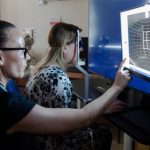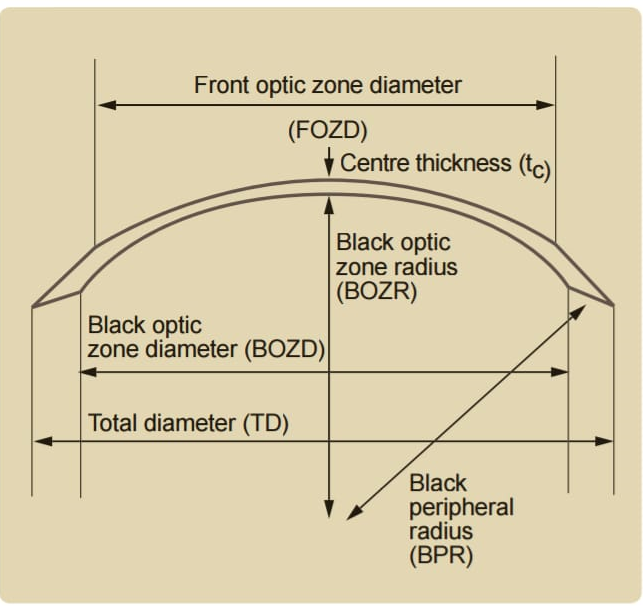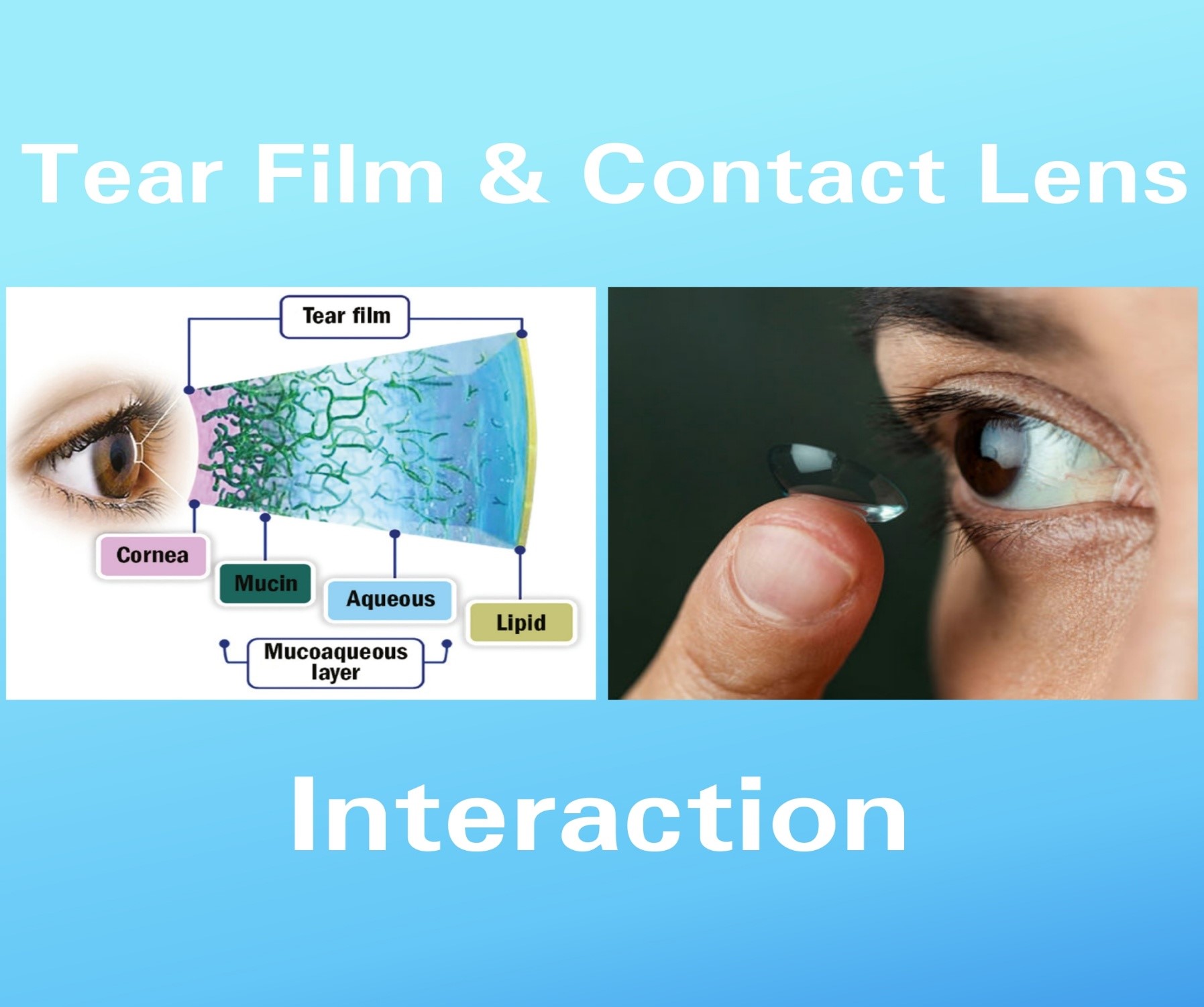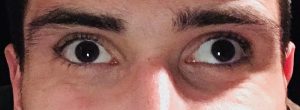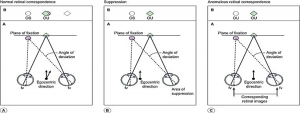Schematic eye is a model that represents the optical features of the eye.
DEFINITION: The construction of the image by ray diagram is not possible by the actual dynamic process, hence in order to study image formation by eye model that allows the diagrammatic representation using the curvature, indices of refraction and calculated distance. This is known as “SCHEMATIC EYE”.
Refraction of the light by the eye is a complex process because –
There is more than one refractive surface.
Distance between the cornea and the lens has to be the considered.
Light has to passes through media verging refractive indices.
Lens has different refractive index and curvature in different layers.
OBJECTIVE: In order to study schematic eye, it is necessary to understand the concept of cardinal point of an optical system. By the study of this schematic eye we know about the measurement of various part of the eye.
GULLSTRAND CONCEPT:
The detail structure of schematic eye was first developed by ALLVAR GULLSTRAND,
(A SWEDISH ophthalmologist) get noble prize for his work on optical eye, in 1911.
By this concept we know about the detail structure of the eye, such as:
CARDINAL POINT :
There have three pairs of cardinal point.
- Two focal point
- Two principal point
- Two nodal point
These all points are situated on the principal axis of the system.
Focal point F1 and F2 are situated 15.7 mm in front and 24.4 mm behind the anterior surface of cornea.
Principle P1 and P2 situated 1.35 mm and 1.60 mm behind the anterior surface of the cornea.Nodal point N1 & N2 situated in the posterior part of the lens 7.08 mm and 1.60 mm behind the anterior surface of the cornea.
POSITION OF REFRACTIVE SURFACE :
Here are the positions of the various refractive surfaces relative to the position of anterior surface of cornea.
| Position | Accommodation relaxed | Maximum accommodation |
| Anterior surface of cornea | 0 | 0 |
| Posterior surface of cornea | 0.5 | 0.5 |
| Anterior surface of lens | 3.6 | 3.2 |
| Anterior surface of equivalent core lens | 4.146 | 3.8725 |
| Posterior surface of equivalent core lens | 6.565 | 6.5275 |
| Posterior surface of lens | 7.2 | 7.2 |
REFRACTIVE INDEX OF DIFFERENT PARTS OF EYE
| Refractive index | Accommodation relaxed | Maximum accommodation |
| Cornea | 1.376 | 1.376 |
| Aqueous humor | 1.336 | 1.336 |
| Vitreous humor | 1.336 | 1.336 |
| Lens | 1.386 | 1.386 |
| Equivalent core lens | 1.406 | 1.406 |
REFRACTIVE POWER
| Refractive power | Accommodation relaxed | Maximum accommodation |
| Anterior surface of cornea | 48.83 | 48.33 |
| Posterior surface of cornea | -5.88 | -5.88 |
| Anterior surface of lens | 5.0 | 9.375 |
| Core lens | 5.985 | 14.96 |
| Posterior surface of lens | 8.33 | 9.375 |
RADIUS OF CURVATURE
| Radius of curvature | Accommodation relaxed | Maximum accommodation |
| Anterior surface of cornea | 7.7 | 7.7 |
| Posterior surface of cornea | 6.8 | 6.8 |
| Anterior surface of lens | 10.0 | 5.33 |
| Anterior surface of equivalent core lens | 7.911 | 2.655 |
| Posterior surface of equivalent core lens | 5.76 | 2.655 |
| Posterior surface of lens | 6.0 | 5.33 |
CONCLUSION
The refractive index in the medium of both sides of refracting surfaces determines the degree of refractions apart from the curvature. The refractive index of air is 1 and that of cornea is 1.376. Thus refraction through cornea is greatest. That’s why the maximum refraction occurs in the cornea.

